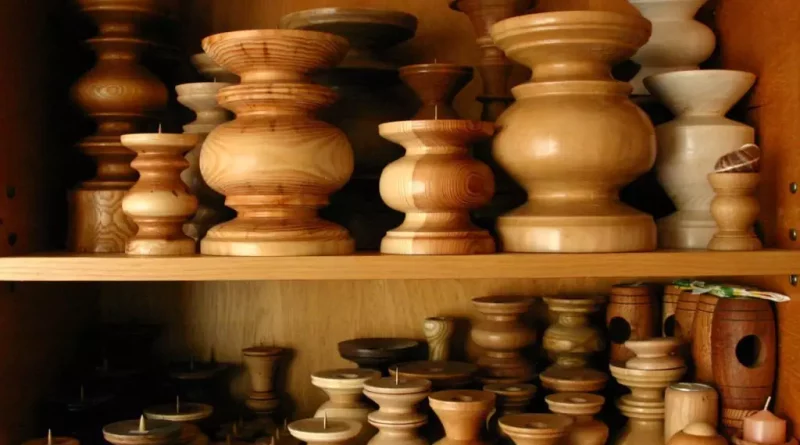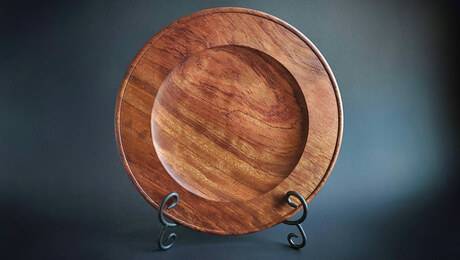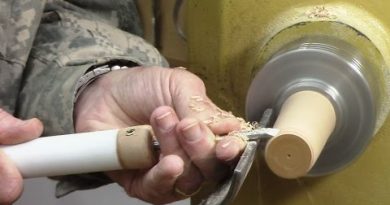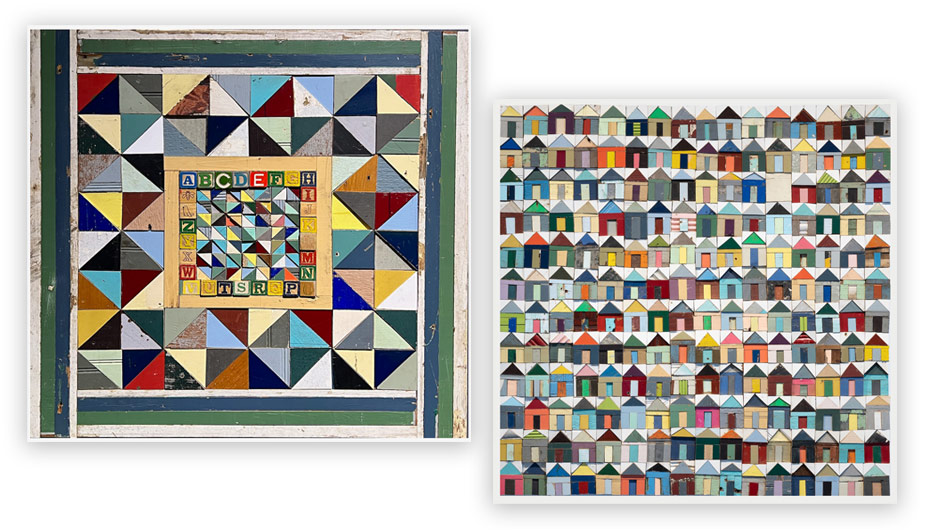So, You Want To Be A Wood Turner, Hey
I first started turning wood in the High School shop class and the neighbor’s shop. I drifted away from wood-turning for a time because of military service, college, family, and career. My career is in Forestry, management, harvest, and construction. I was able to acquire lots of different types of wood and store them for later use.
My first lathe was a bench-mounted Montgomery Ward wood lathe and the set of tools that came with the lathe. After using this lathe for several years I realized, as most turners do that there are bigger and better turnings to do. All that is required is bigger and better tools.
Over the next few years, I started to upgrade my equipment. My new lathe was a Jet 14 X 42. There are higher-grade tools and specialty tools. There are tools for spindles, tools for bowls, tools for texturing, and equipment for supporting your spindles or larger turnings. Think I currently have over 40 different wood-turning tools and continue to look for more. The new tools I am looking for are for very special use. I will properly design and make them myself.
Then there are face plats and chucks with all their various jaws and attachments. There are various spur drives and live centers. All these tools have different applications and if you are like me and you do a variety of different turnings you will use them all; especially if you are selling your work and clients are making special requests.
I recently built a vacuum chuck so I could turn the bottom of my bowls, which improves the appearance by about 100%. You can buy the vacuum chuck, already set up with a vacuum pump and accessories. I purchased all the parts separately and then built the vacuum chuck, I saved about $250.
Currently, I am looking into one of the big lathes 20″ with electronic speed control. A friend of mine and I are in the process of designing and making a boring bar for hollowing large vessels. When I purchased the chucks for holding the turnings, I purchased them with the larger headstock requirements and then used an insert to attach them to a smaller lathe.
The smaller lathes require a 1″ X 8TPI and the larger 1 ¼” X 8 TPI. This is generally correct but there are exceptions. If you have dreams of a larger lathe spend some time looking at different lathe brands and their specifications, it can save money in the long run.
The other expense that you will incur is finishing and sanding. There is a large variety of finishes and sanding methods and I have spent hundreds of dollars trying different things out; my garbage can is very full. Without getting really deep into this subject I will tell you what works for me.
Sanding; I use power sanding and will sand down to 250 grit and sand the finish to 320 grit. Over-sanding can create a surface that the finish will not adhere to, finishing compounds all have a sanding requirement in their instructions.
Having a finish that not only looks good but feels good is critical. I use clear water base grain filler to smooth the surface and then use a clear gloss, rub rub-off oil finish. When the finish is dry turn the bottom off and finishes the bottom the same as the bowl. The final step is buff and wax.
To sum it up; Wood Turning, Fishing, Photography, Camping, Boating, and most other interests whether they are hobbies or professions, seem to be a good place to spend all your extra money. The art of woodturning is fascinating. There is no limit to what you can do; you are only limited by your fascination.




